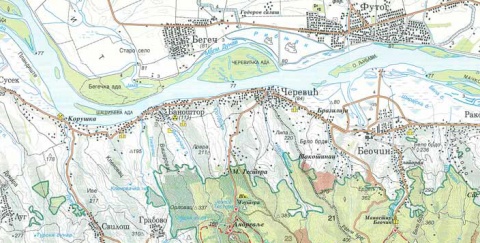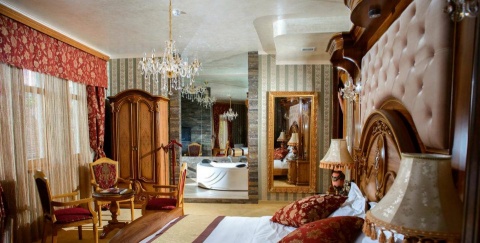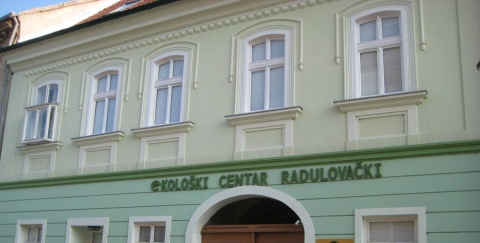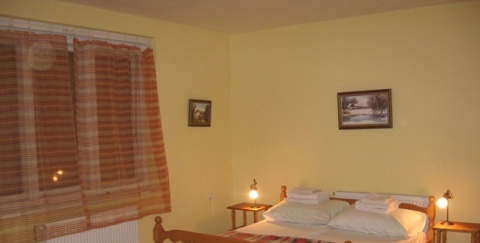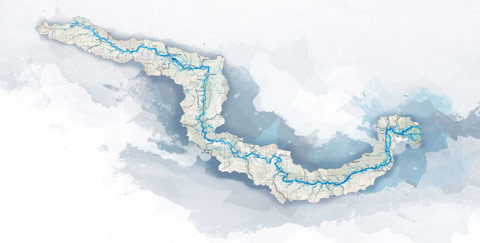
The Fruška Gora region is famous for its National Park (since 1960) covering an area of 25,525 hectares, its 16 Serbian Orthodox monasteries and a very old winemaking tradition. It was Roman Emperor Probus in the 3rd century AD who forced his legionnaires to plant the first vines and work the land. In the ancient Roman times, the name of this jewel of Serbia was Alma Mons, “fertile mount”.
Fruška Gora, the isolated narrow island in the Pannonia Plain, was named after the Franks who came here with King Charlemagne (Carolus Magnus, Charles the Great (742 – 814 AD)). The old German name for the mountain was Frankenwald (“forest of the Franks”). There are still forests here, growing at 300 metres altitude. The peak of Fruška Gora is Crveni Čot, at the modest 539 metres altitude.
The vineyards, however, are on the lower slopes, which are also decorated with pastures, fertile fields and orchards. The specific geology and microclimate of the area are not only interesting for scientists but also for winemakers.
There are 60 privately-owned wine cellars in the area and wine tasting is offered in all of them. An authentic local wine is Neoplanta, produced by Čerević Cellar. Better known are dessert wines Ausbruch and Bermet. The latter used to be exported to the USA 150 years ago. This special liquor wine resembles Vermouth, but it is produced in a very different way – over twenty different herbs and spices are added to it. Legend has it that Bermet was on the Titanic wine list and that it was a preferred drink of the Habsburg dynasty.
When it comes to Bermet, red or white, the place to go is Sremski Karlovci (population: 8,700). This is where the Danube reaches Fruška Gora. An excellent starting point for excursions and hiking trips to the National Park is Trg Branka Radičevića,the central town square with beautiful old architecture and monuments such as the Four Lions fountain, St Nicholas Orthodox Cathedral, the Patriarchal Palace, the Orthodox Seminary with two sphinxes in front of it, the Church of the Holy Trinity, the Upper Church and the Lower Church or the town museum. Wine enthusiasts must visit at least one of thetwelve wineries that produce Bermet varieties using old family recipes. The award-winning Živanović Wine Cellar houses a small honey and beekeeping museum. It has a long winemaking tradition, dating back to Teodor Živanović (1753–1832). The Kiš Wine Cellar near the Peace Chapel in Sremski Karlovci has been producing wines for 180 years. It specialises in Bermet, allegedly one of the favorite wines of the Habsburg dynasty.
The most awarded grape varieties grown in this area are Italian Riesling, Rhine Riesling, Parishioner, Traminer, Buvie, Franconia, Plemenka, Silvaner, Portugizer and flavoured Bebermet. Also on the wine route are Neštin, Banoštor and Erdevik, Irig (population: 4,400) and Mačkov podrum (Tomcat’s Cellar) that offers red wines Camerlot, Portugizer, Merlot and white wines Chardonnay and Sauvignon Akacia. It accommodates 50 visitors for wine tasting. Another famous winery is Kovačevič Winery, which offers wine tastings (Chardonnay, Sauvignon Blanc, Roseto, Aurelius and Bermet) accompanied with the specialties of local cuisine. Don’t miss Bononija Winery (Banoštor) or Kosović Wine Cellar (Sremski Karlovci), both on the prestigious Fruška Gora Wine Route. Visits are by appointment only.
DANUBE.TRAVEL has no control over the website content generated by users and/or visitors, neither such content represents a statement, opinion, recommendation or rating by DANUBE.TRAVEL. For further information please refer to DANUBE.TRAVEL – General Website Terms and Conditions of Use.
 EN
EN DE
DE

